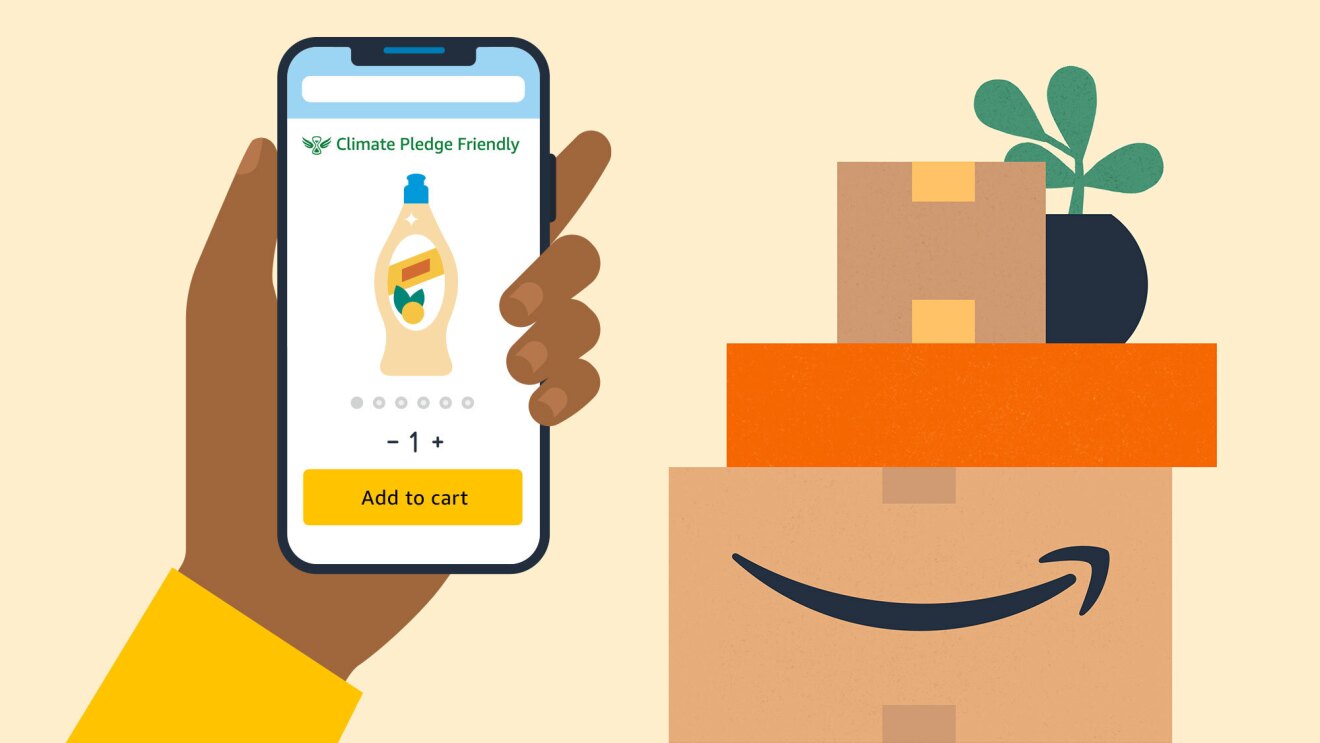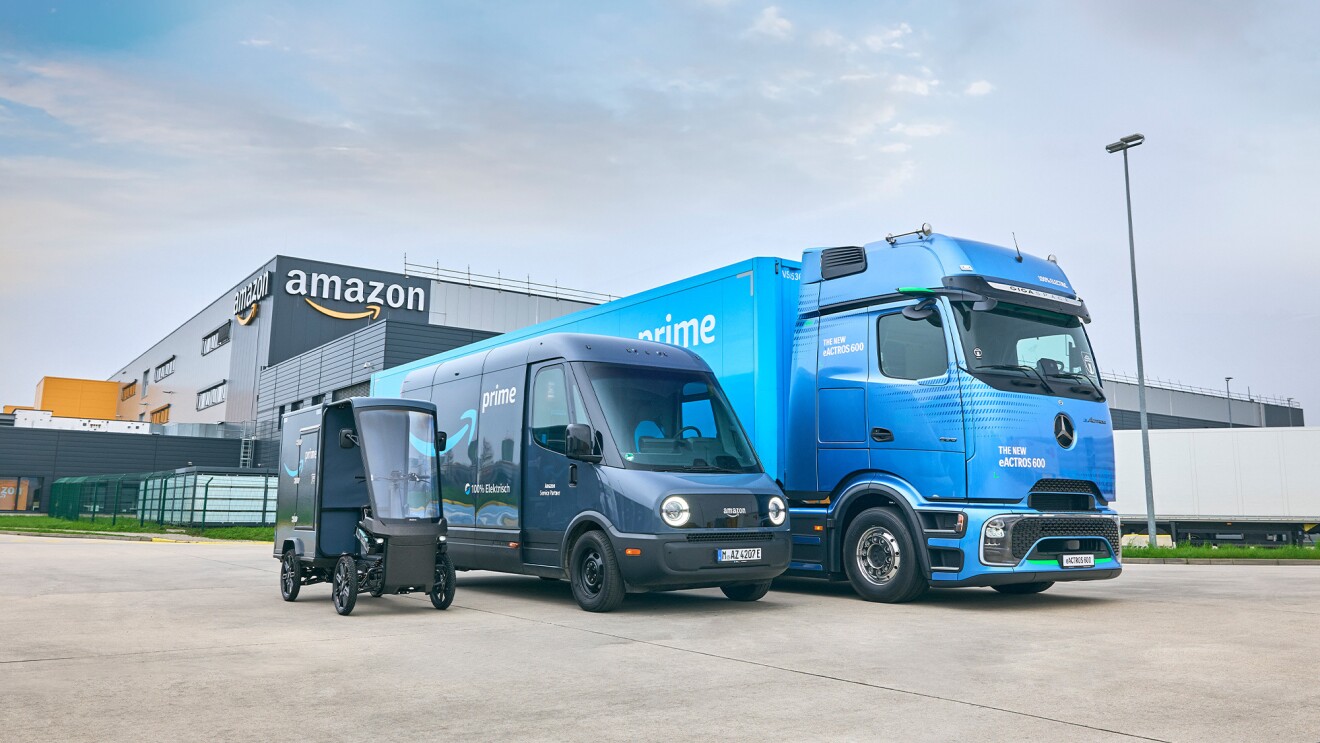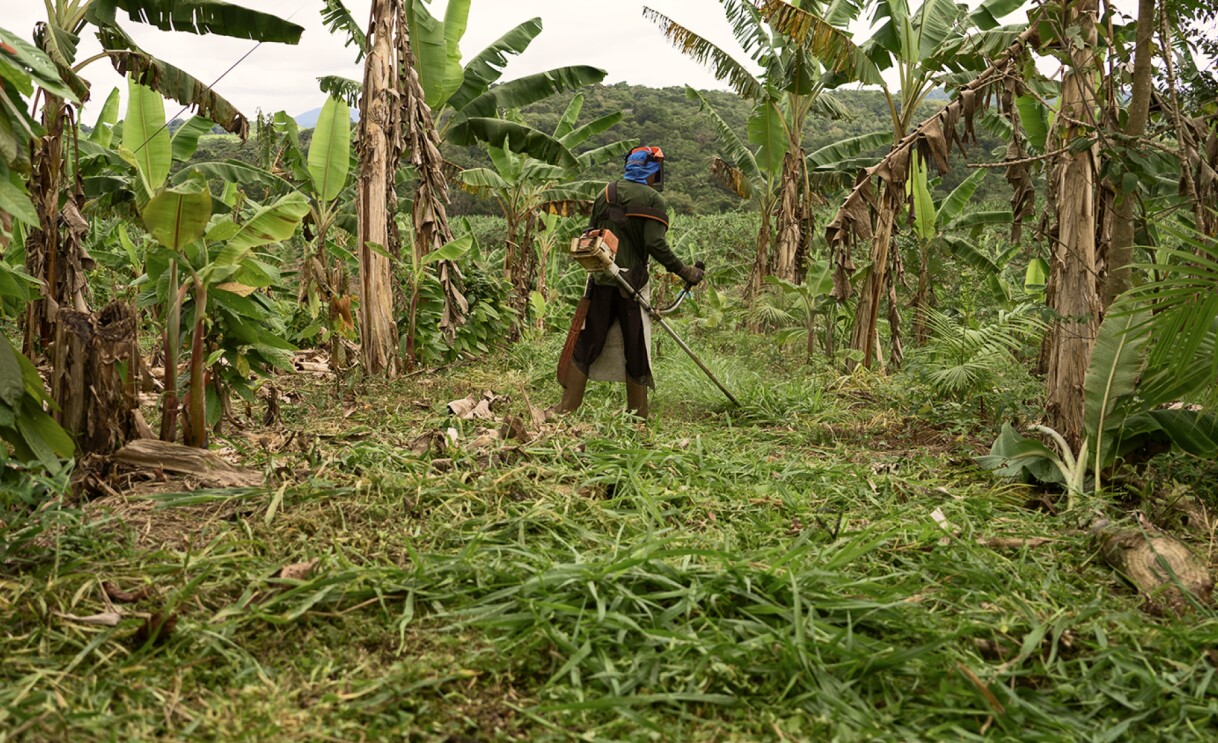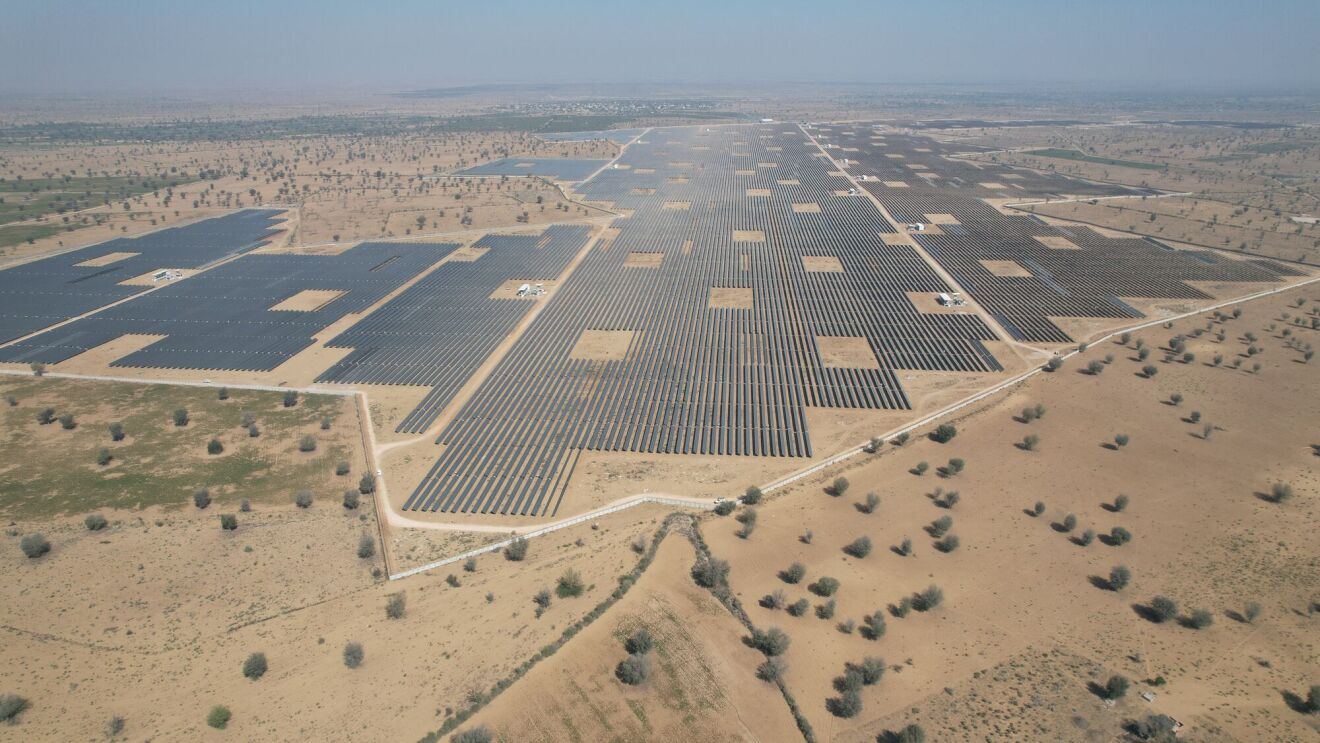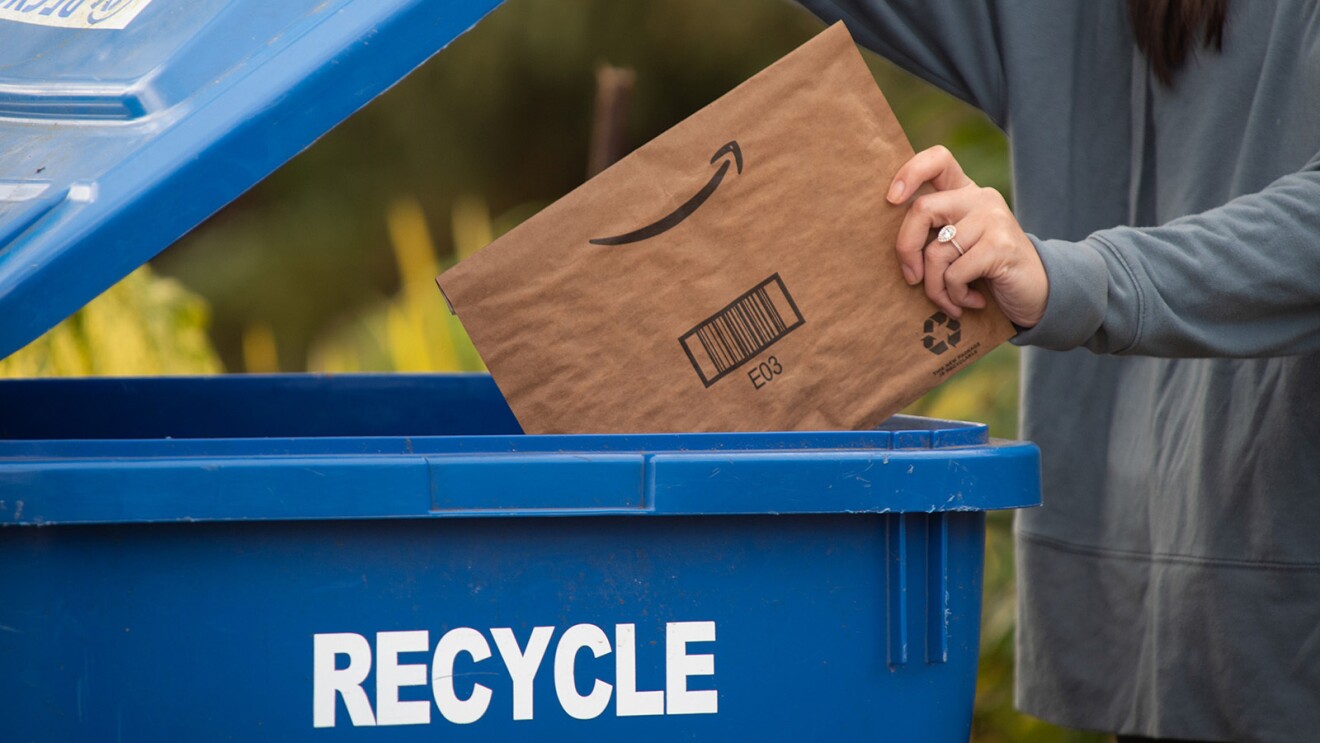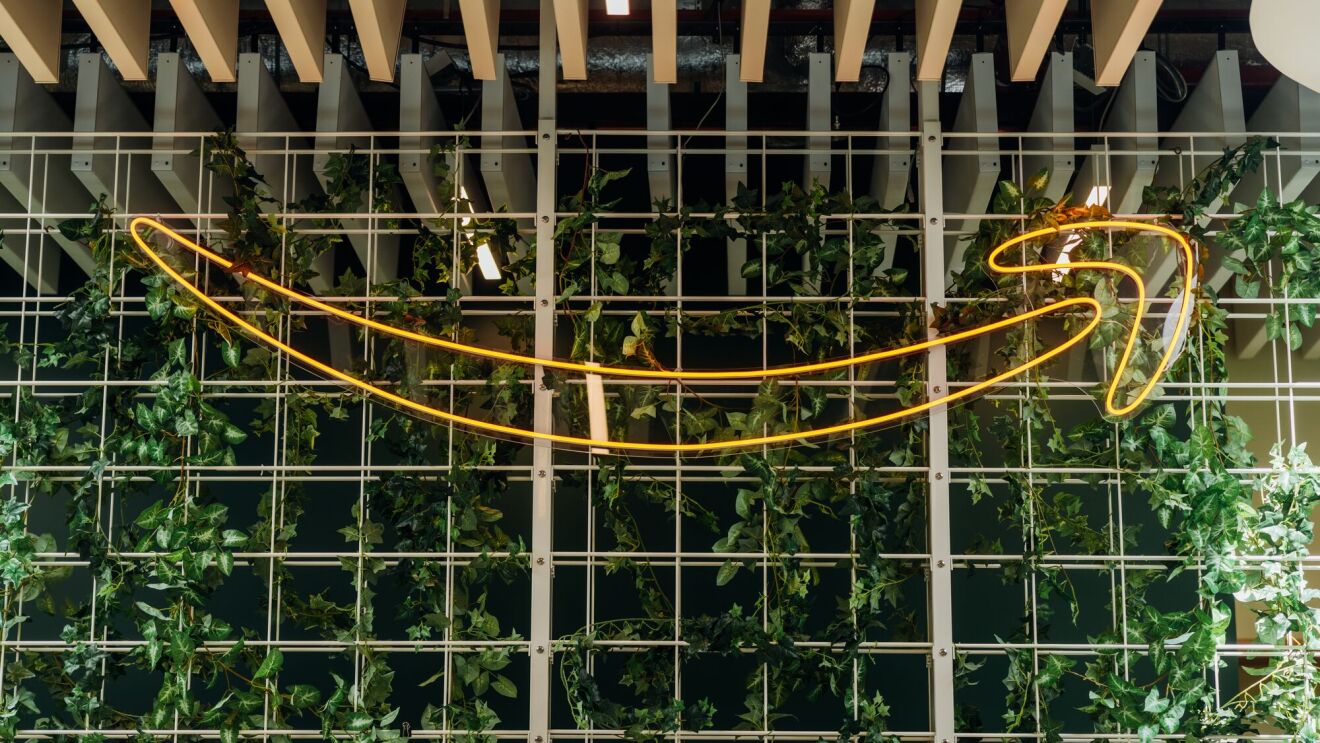The world is facing a growing water crisis driven by climate change, population growth, and economic development, as global freshwater demand is predicted to exceed supply by 40 percent by 2030 according to the United Nations. While Amazon can't solve this immense challenge alone, we're committed to being a good water steward and doing our part.
One way Amazon Web Services (AWS) is making a difference is by improving community water access, availability, and quality. AWS’s investments in water-stressed communities help to restore watersheds and bring clean water, sanitation, and hygiene services. These projects also bring AWS closer to its commitment to be water positive by 2030.
"Amazon is committed to being a good water steward everywhere it operates," said Kara Hurst, Amazon’s chief sustainability officer. "Doing our part to help address water scarcity is essential to overcoming health and economic risks for Amazon’s employees, customers, communities, and business. One of the ways AWS is innovating to help make a difference is by expanding on its water replenishment program to more places, which will return over 7 billion liters of water each year once all of the projects are completed. We also know we can't solve the water scarcity challenge alone, and are sharing our learnings with others to make an even bigger impact."
In 2023, AWS’s water replenishment portfolio returned 3.5 billion liters to local communities across 15 water replenishment projects. With six new projects announced today, a total of 21 projects will return over 7 billion liters of water each year once every project is complete. Here’s how AWS is expanding on these efforts:
AWS’s first project in Chile and a new project in Brazil leveraging Artificial Intelligence
The Maipo Basin is the largest source of irrigation and potable water for the Metropolitan Santiago and Valparaiso regions of Chile. However, excessive use of the water in the river has contributed to extreme water scarcity. AWS is partnering with local farmers and climate-tech company Kilimo to reduce water use in the basin. About 67 hectares of agricultural land will be converted from flood to drip irrigation, resulting in an estimated 200 million liters of water savings each year. Drip irrigation delivers water directly to plants’ root systems through a network of pipes and is considered one of the most efficient water delivery systems for growing crops.
 Water intake connecting the reservoir to the filter for the new irrigation system.
Water intake connecting the reservoir to the filter for the new irrigation system.AWS is also partnering with Kilimo in Brazil—this time using Artificial Intelligence (AI). One of the most historically significant and economically important rivers serving Brazil’s most populous city, Sao Paulo, is the Tiete River. The river serves as a resource for farmers and families throughout the region. However, water scarcity is impacting the lives and livelihoods in surrounding communities. Kilimo’s AI solution built on AWS will calculate water consumption, monitor soil quality, and provide irrigation recommendations through intelligent monitoring for participating farmers. Collectively, this will conserve an estimated 200 million liters of water each year.
AWS’s first two projects in China
AWS is also announcing its first two water replenishment projects in China. The Miyun Reservoir is the most crucial water source for Beijing, China. AWS is working with the Beijing LongTech Environmental Technology Co., Ltd, to reconstruct degraded portions of the riverbank and install wetlands and buffer zones to naturally treat polluted runoff from farms. The project is expected to be completed this year and will return nearly 39 million liters of clean water each year for the community with potential for more as the project progresses.
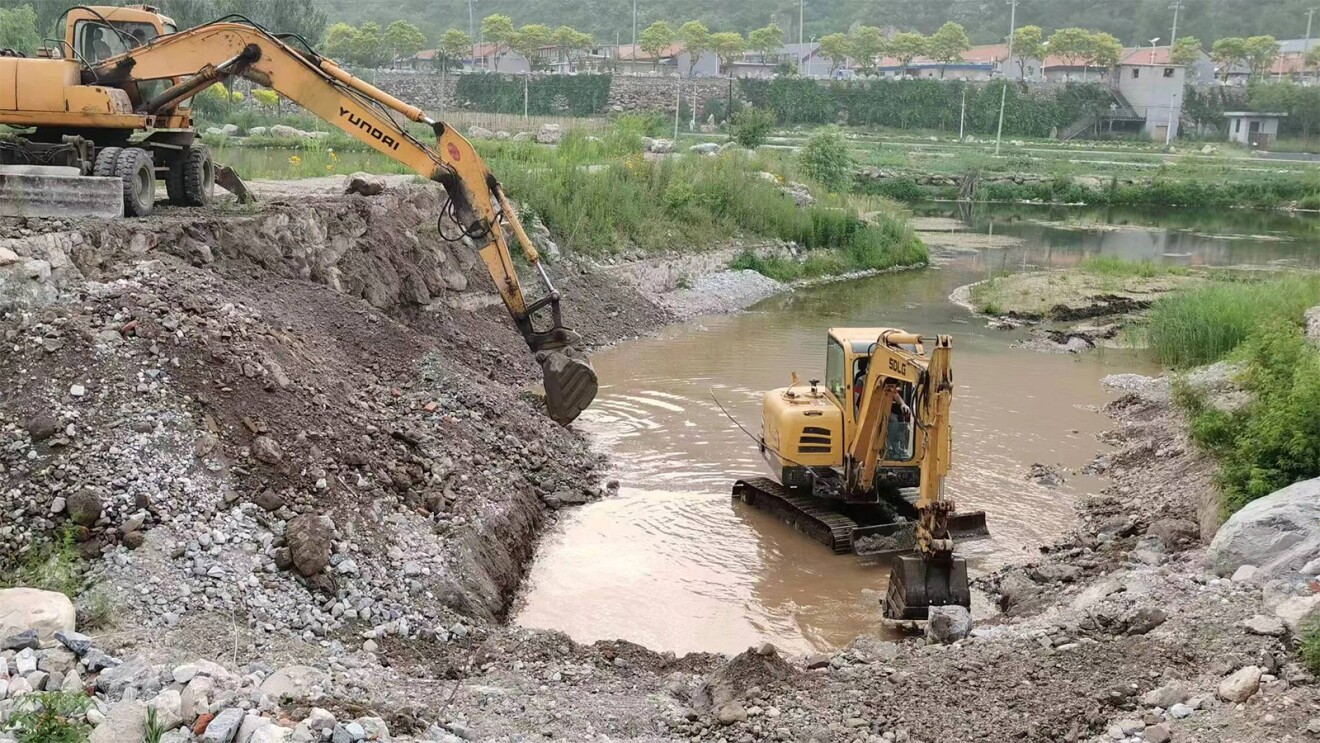 Work underway in Ertaizi village, upstream from the Miyun Reservoir.
Work underway in Ertaizi village, upstream from the Miyun Reservoir.AWS is supporting a second project in China consisting of two constructed wetland efforts that will treat flows of untreated sewage flowing into neighboring rivers. In Xiankeng Village, located upstream of Hong Kong, this means helping to improve water quality in the Dongjiang River. In Zuotan Village, this means helping to prevent untreated sewage from flowing into the Xijiang River. These efforts are being implemented with the NGO GreenCitiy Guangzhou and will collectively return over 40 million liters of water to these rivers each year when completed in 2026.
Expanding water replenishment efforts in the United States
In Ohio, AWS is supporting global non-profit The Nature Conservancy and others to restore 11 acres of wetlands. The project will slow down and filter water while providing wildlife habitat in Licking County just outside Columbus. This will reduce nutrient pollution in Buckeye Lake, a popular recreational attraction with a history of harmful algal bloom problems, and improve streams draining into the lake. The project is expected to be completed in 2026 and filter 77 million gallons of water each year. The combined funding from multiple companies will serve as a new repeatable model of corporate funding for water improvement projects.
In partnership with River Partners, a California-based nonprofit, AWS is helping to repair native ecosystems in some of California’s most imperilled river corridors. Central Valley salmon are not expected to survive the next decade without decisive, scaled-up action to restore their habitat. To help address this challenge, AWS is contributing to a diversified portfolio of twelve projects that include both wildlife and habitat benefits. For example, the project will reconnect rivers to floodplains and side channels, retire agricultural irrigation to conserve water and replenish freshwater ecosystems, enhance wildlife habitat that supports threatened and endangered species, and improve flood management. Upon completion in 2027, these projects will generate more than 1.6 billion liters of volumetric benefits each year.
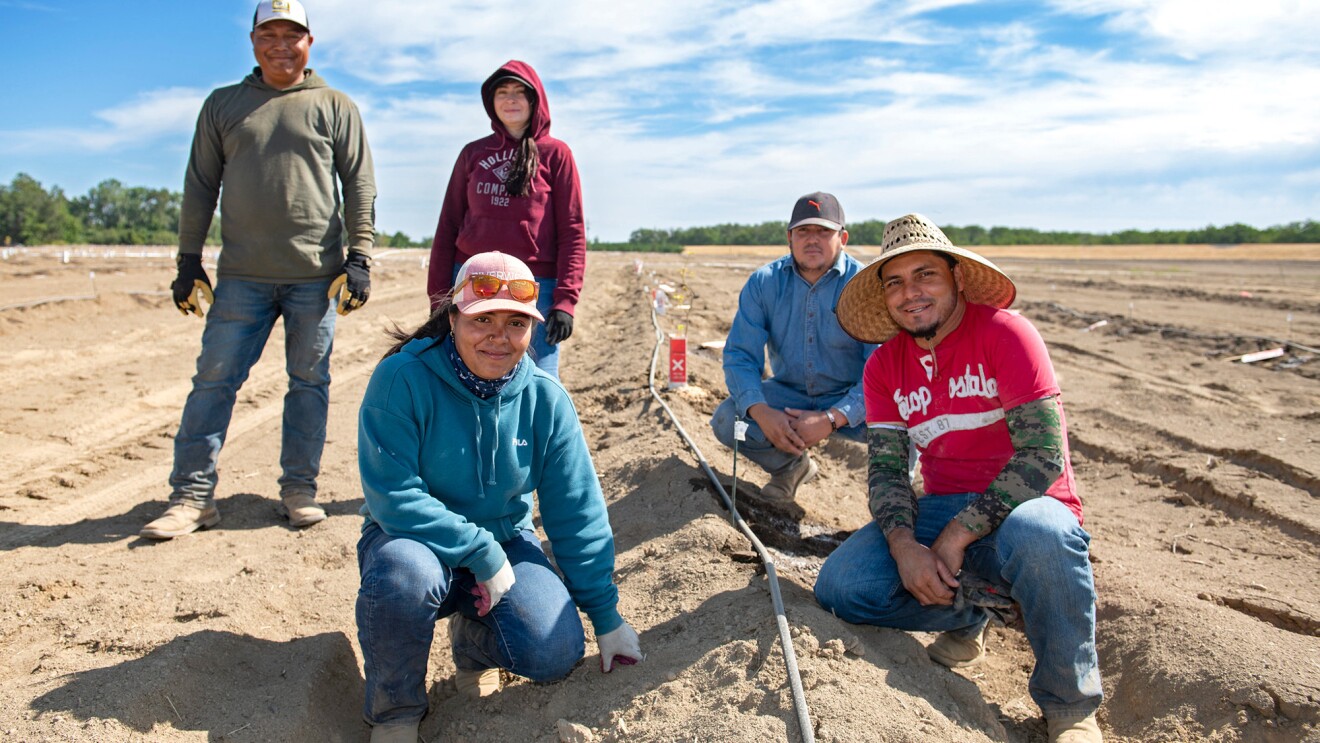 River Partners workers at the Willow Bend project in California's Central Valley.
River Partners workers at the Willow Bend project in California's Central Valley.Sharing Best Practices in a New White Paper
We believe in maximizing our impact by sharing lessons learned with others. It is one of the reasons Amazon launched The Sustainability Exchange, which includes a playbook for beginning a corporate water stewardship program. We are adding more sources for organizations planning to start their own water replenishment program by publishing a new white paper with water sustainability platform Waterplan: "Enhancing water stewardship through performance monitoring."
This paper outlines best practices for ensuring high-quality water replenishment projects, including using data and technology to credibly calculate pre-project water benefit estimations. It shows how to update those estimates by monitoring performance throughout a project's lifetime. By sharing knowledge and collaborating with expert partners, we hope to raise the bar for corporate water stewardship and help make communities more water resilient.
Amazon is committed to responsible water stewardship for the long-term, as access to clean, safe water is fundamental to human health, economic opportunity, and a thriving environment. We invite others to join us in taking action by visiting The Sustainability Exchange and discover our resources on water stewardship.
Trending news and stories
- Amazon unveils 7 new robots powering faster, safer deliveries: Go inside our most innovative delivery station yet
- Introducing Vulcan: Amazon's first robot with a sense of touch
- This new AI tech will make sorting packages easier for Amazon's delivery station employees
- 15 photos from Project Kuiper's first launch of low Earth orbit satellites





